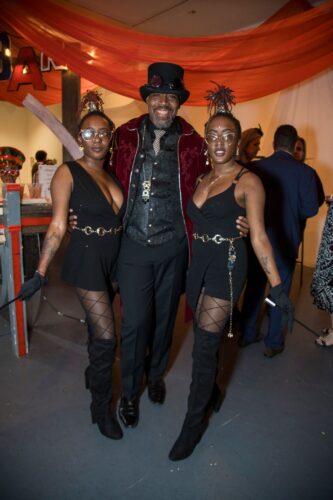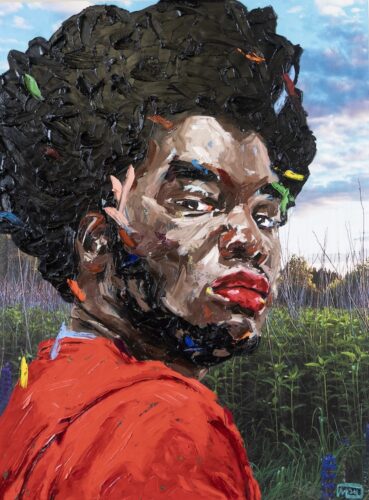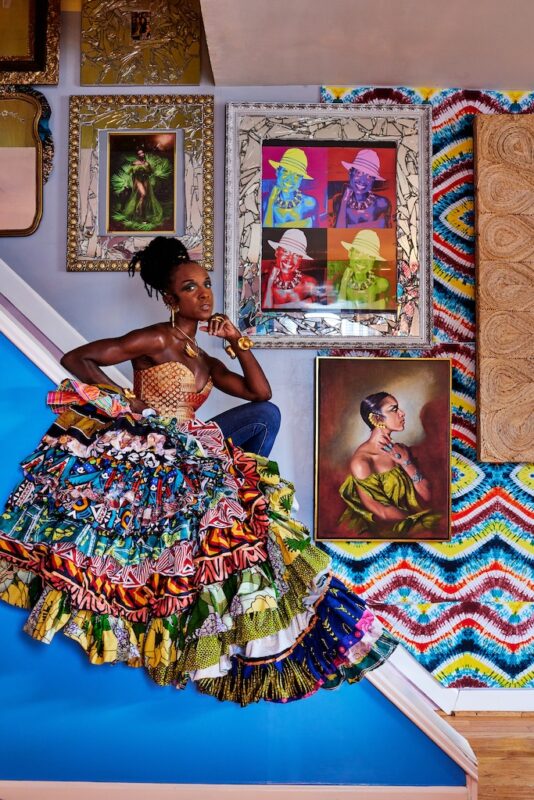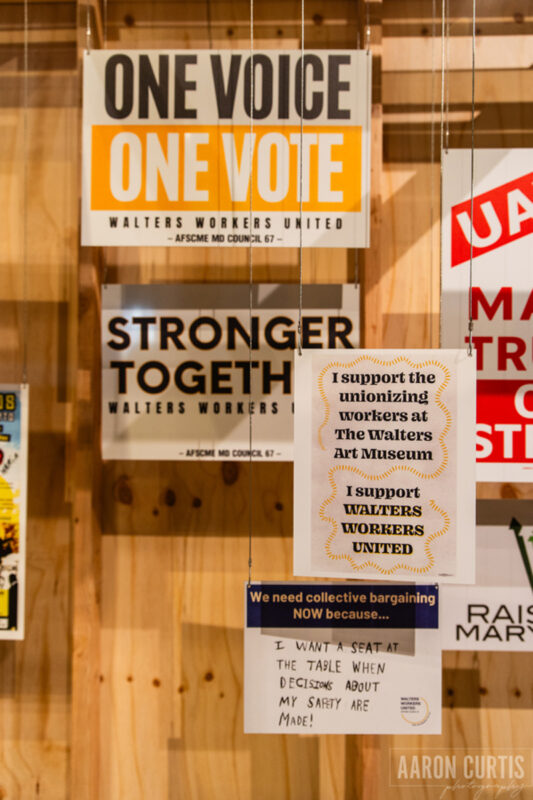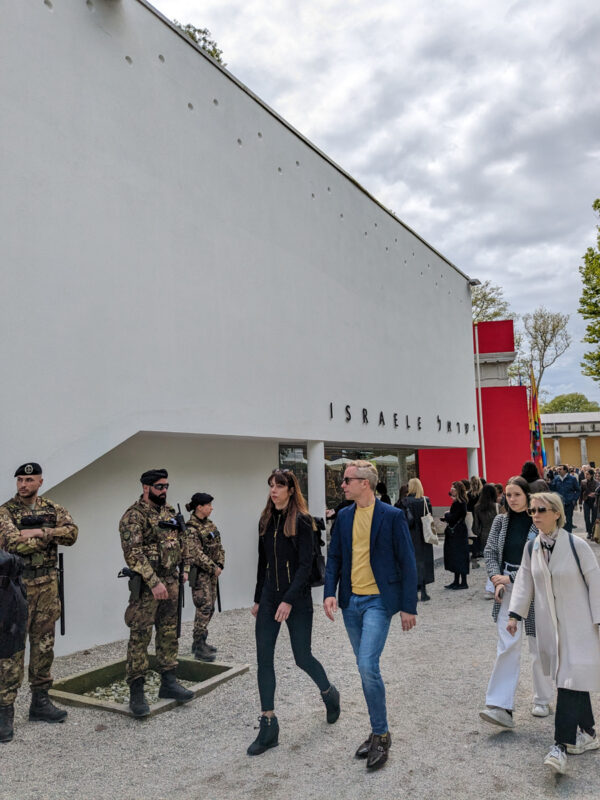Materials are underrated in the art world. While gallery wall text tends to focus on an artist’s bio, politics, aesthetics, or subject matter, the reality is these can all alienate viewers – but materials offer kinship, beckoning with near universal appeal.
We all possess fond memories of finger painting, whittling wood, weaving, and pinching clay pots. We all understand the essence of wool, copper, glass, and rubber. We can all appreciate the delicacy of lace, the finality of concrete, the virtuosity of paint. The capacity to intrigue audiences of all ages, nationalities, and backgrounds is a superpower; when materials are used in expert and unusual ways they attract viewers directly, without fanfare or didactics.
Although materials offer an accessible approach to a work of art, they also possess the ability to radically shape its meaning. Whole histories, ecologies, and civilizations can be contained within a fragment of pottery or a scrap of fabric. The best artists harness the power of materials to extract embedded stories, lending an immediate complexity to their work. Whether artists conjure their materials into forms we have never seen before or build on an established tradition, a love affair with specific materials is the hallmark of a great artist.
I encourage you to forgo the wall text and artist statements this month and focus directly on the beautiful complexity of materials, the ideas they conjure up and the stories they suggest. Here are four Baltimore-based exhibitions you can visit where artists explore their medium as a concept and a practice—an opportunity to experience their art without training wheels.
